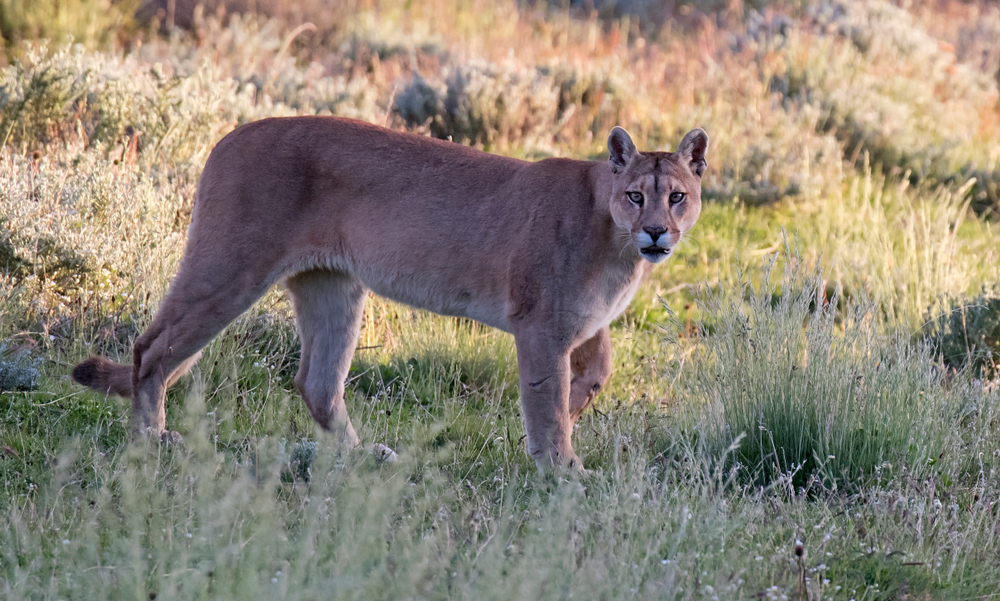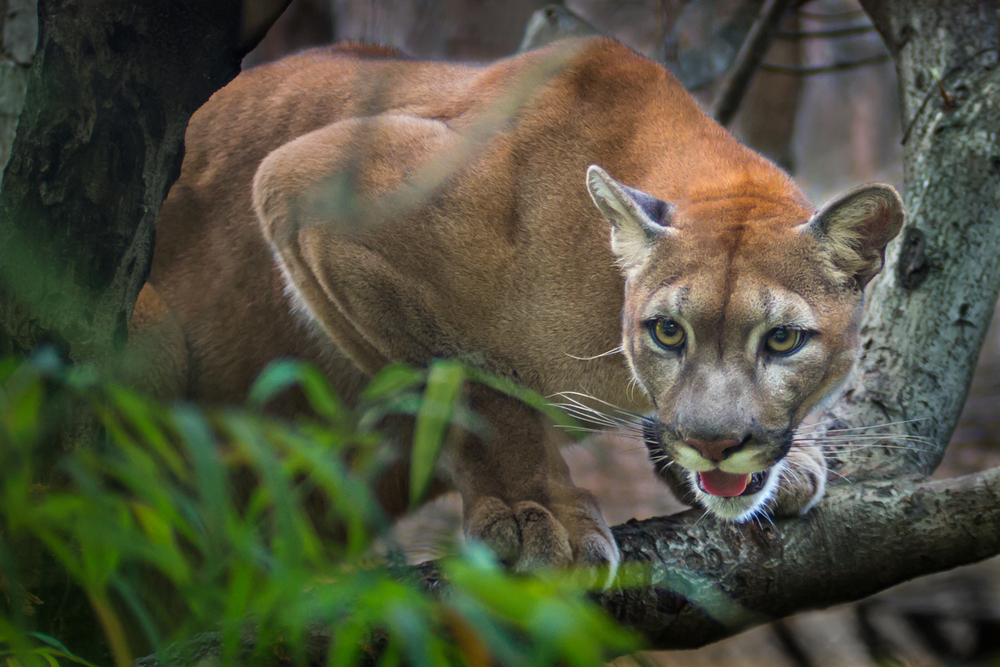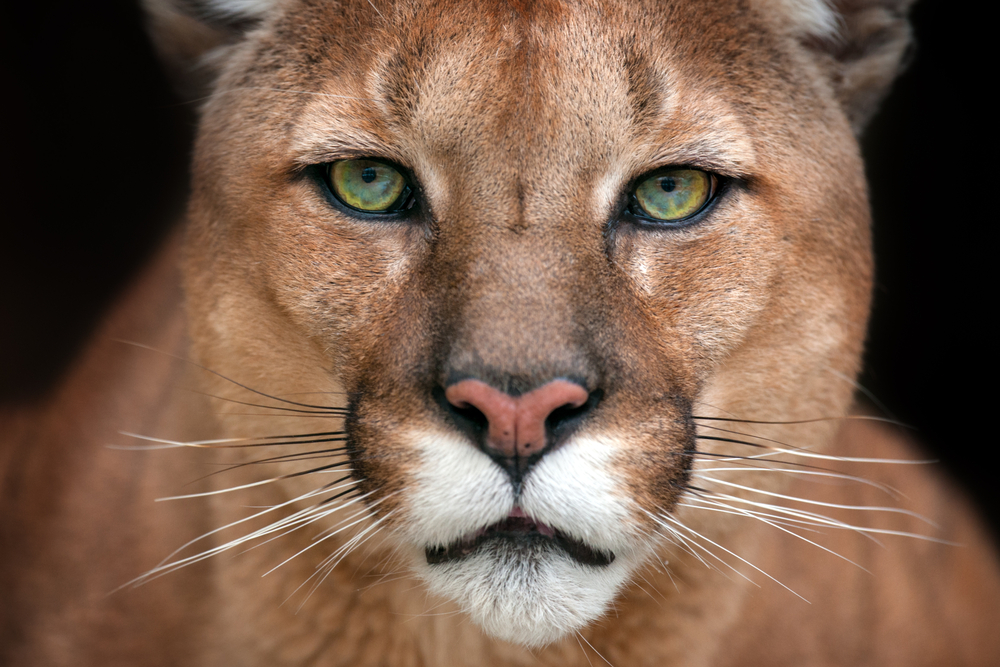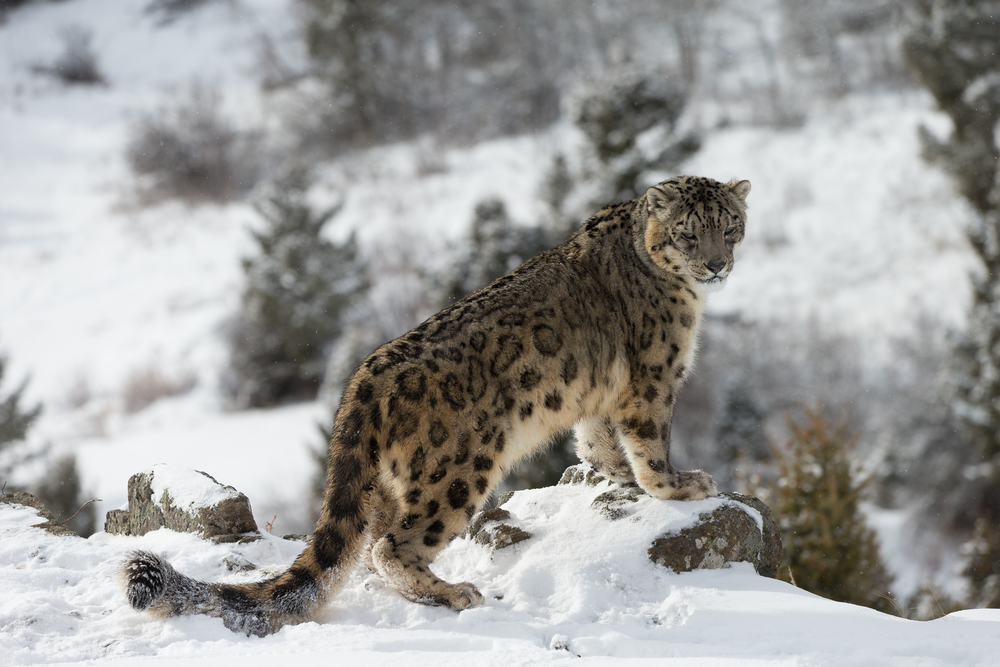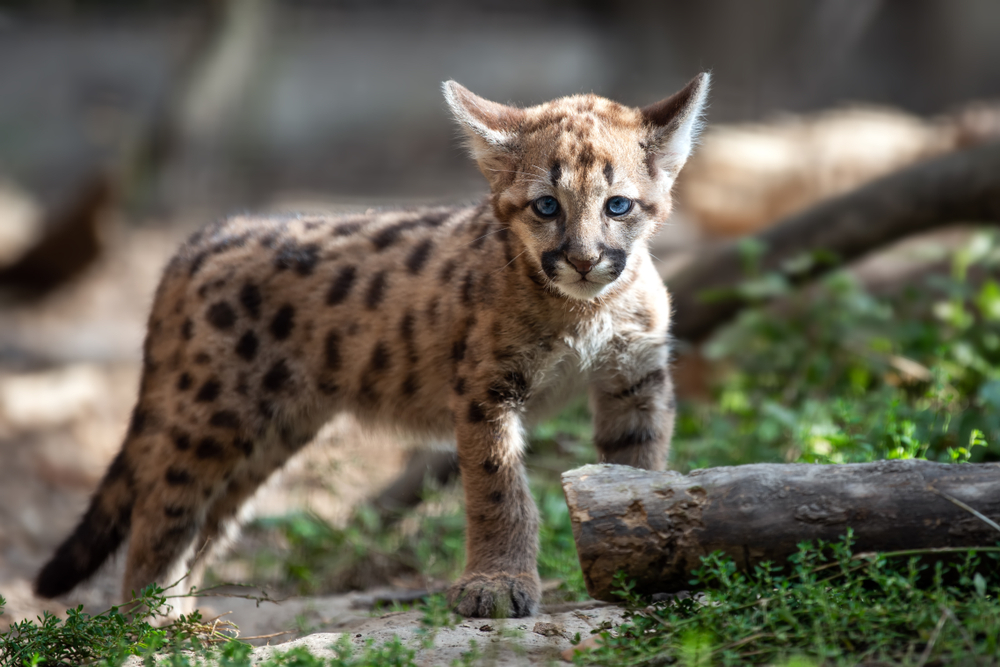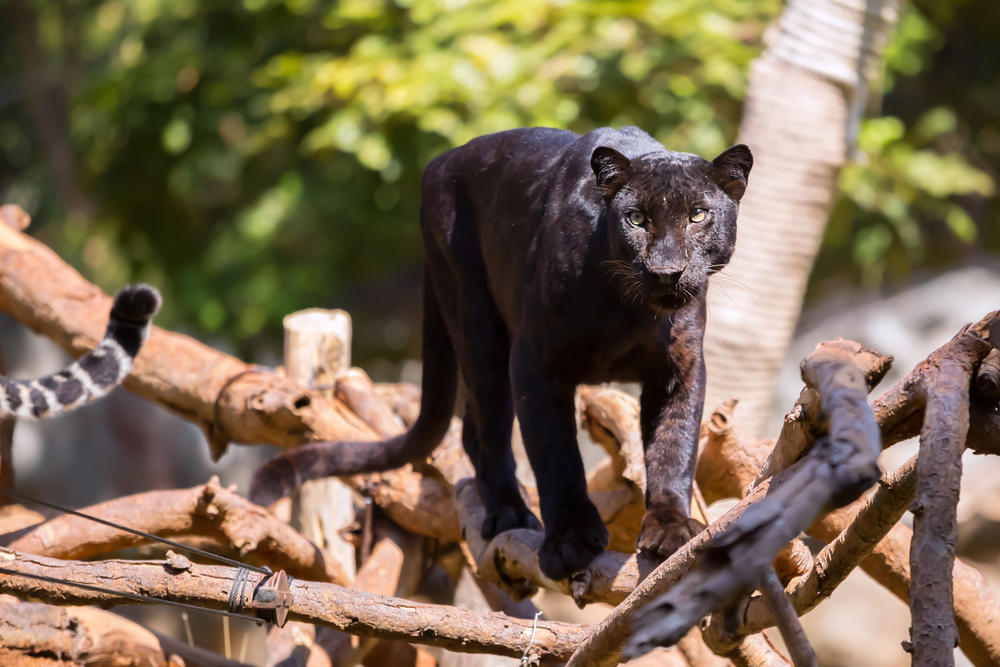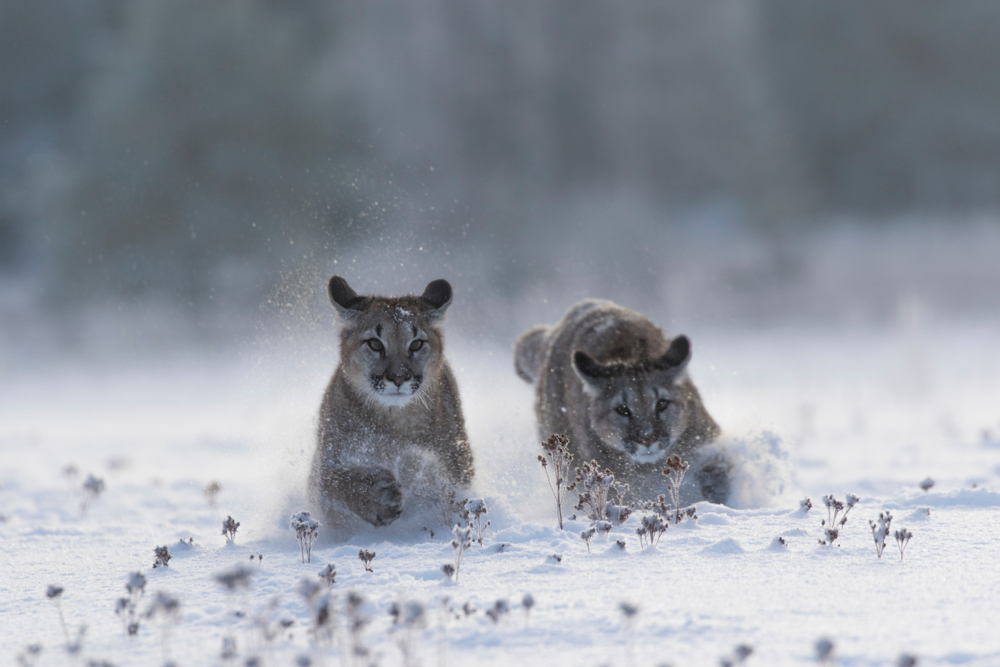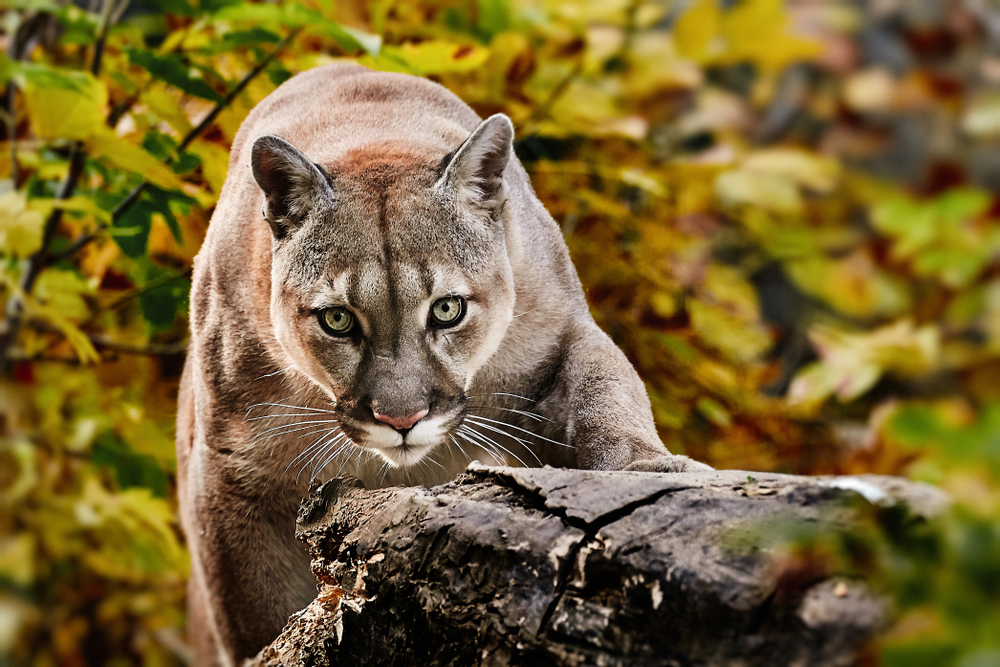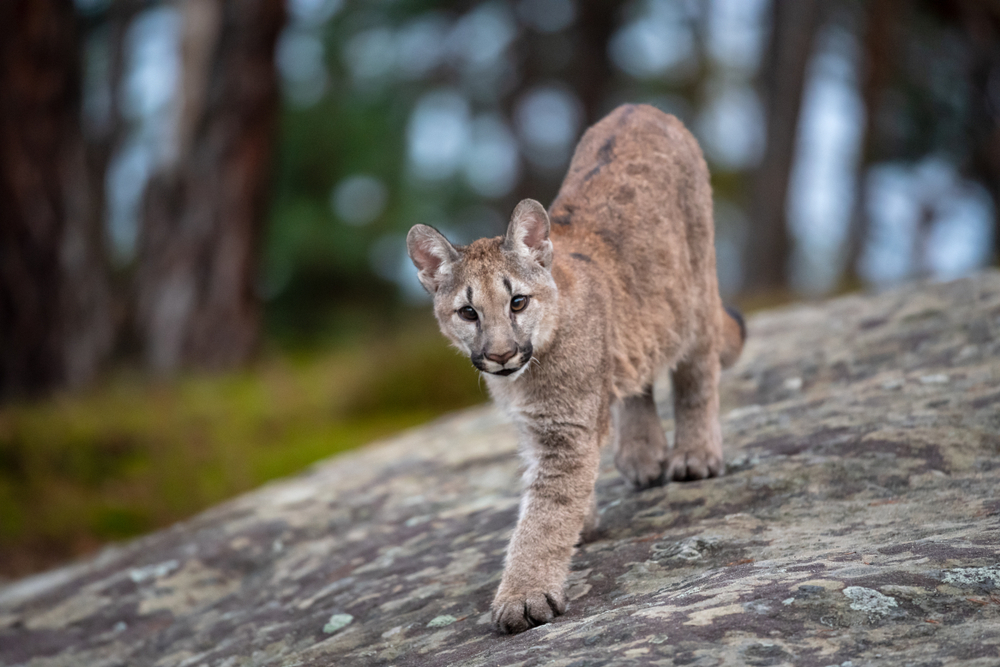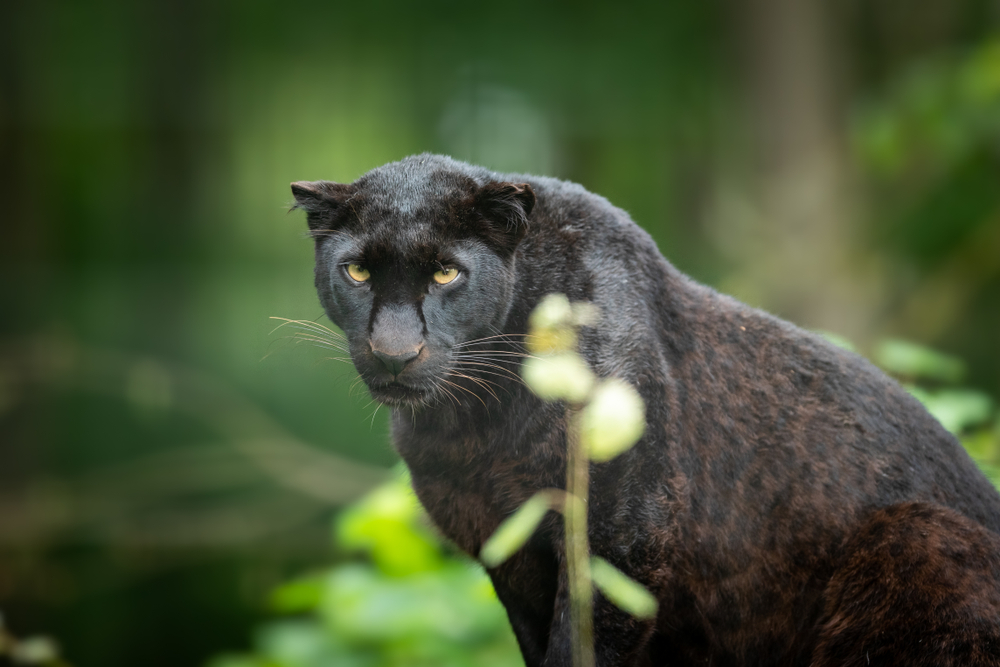About
#Big Cats
#Carnivores
#Mammals
The Puma, scientifically known as Puma concolor, belongs to the Animal Kingdom’s phylum Chordata and class Mammalia. It’s a member of the Felidae family, which includes other big cats like lions and tigers. Pumas, also known as mountain lions or cougars, are widespread across the Americas, from Canada to South America.
These solitary and elusive cats have slender bodies, powerful limbs, and keen senses, making them formidable hunters. They typically have tawny coats with lighter underparts, aiding camouflage in various habitats. Pumas are known for their agility and athleticism, capable of leaping long distances and climbing trees with ease.
Pumas are versatile predators, preying on a wide range of animals, including deer, rodents, and smaller mammals. They are apex predators, playing a crucial role in maintaining ecosystem balance by controlling prey populations. Pumas are primarily crepuscular or nocturnal, hunting during twilight or nighttime hours.
Conservation Concerns
Pumas face numerous threats, including habitat loss, fragmentation, human-wildlife conflict, and poaching. Human encroachment into natural habitats reduces the availability of prey and leads to conflicts with livestock owners, resulting in retaliatory killings. Road collisions also pose a significant threat to pumas.
Additionally, illegal hunting and trade in puma body parts, driven by demand for traditional medicine and trophies, further endanger their populations. Climate change exacerbates habitat degradation and alters prey distribution, affecting puma survival.
While pumas have a broad geographic range and are relatively adaptable, localized populations are vulnerable to decline. Despite facing conservation challenges, pumas are not currently listed as a single species on the IUCN Red List. However, certain subspecies, such as the Florida panther, are classified as endangered due to habitat loss and genetic isolation. Continued conservation efforts, including habitat protection, conflict mitigation, and public awareness, are essential to ensure the long-term survival of puma populations.
Threatened:
Extinct
Critically Endangered
Endangered
Vulnerable
Near Threatened
Least Concern






























































